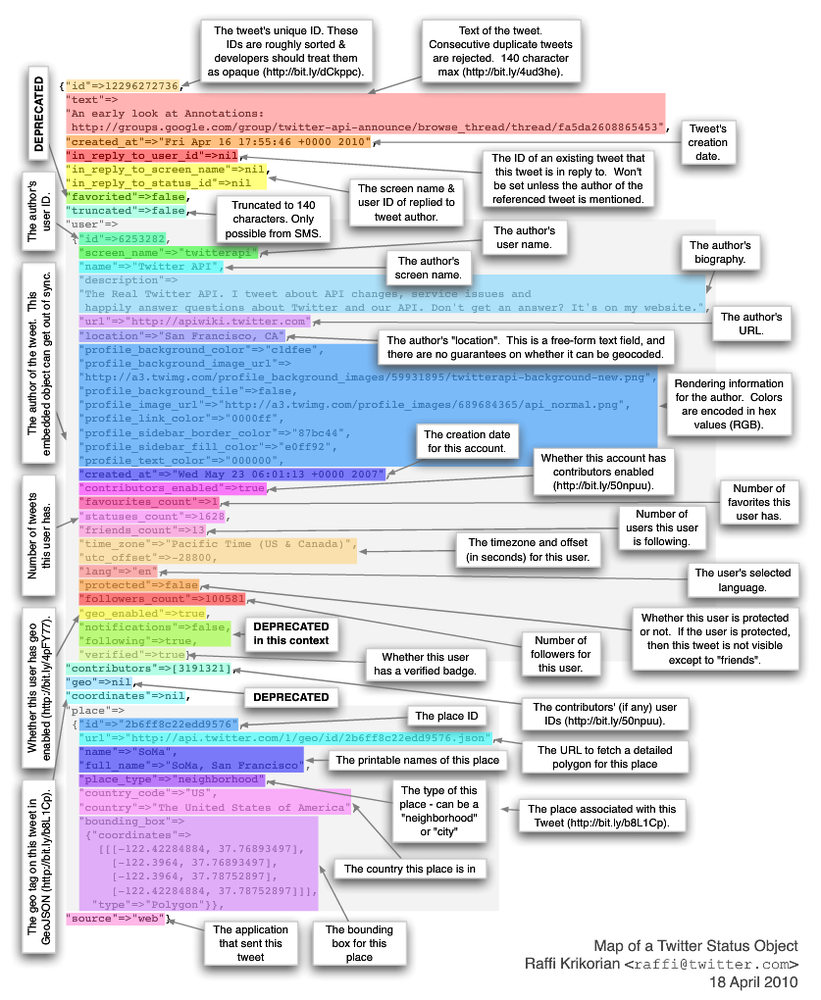Have had the Halloween/Harvest Celebration comic from Wes Molebash (Insert [IMG]) opened in my browser for a few weeks now (it seems). Part of it is because Wes is the kind of artist-with-faith that its easy to support. But, there’s also the aspect of the community that he’s created which occasionally offers the kind of mature comments which shows there’s more to this life than the wonton opinions that many times fills the web.
Of note, in this comic there was a comment that made me stop – hence the reason for it being open for so long – and consider that there just might be other motivations at stake in this space that I’m watering – an unintended consequence of seeing an intersection of faith and mobile tech:
Where I do have a problem though is when we try to put a God stamp on something to make feel ok to participate. I think that this is what God is getting at when the Bible says, “do not to take the name of the Lord your God in vain.” The heart of the principle is that We shouldn’t put His name on something to curse or bless it for our purposes.
I feel like our attempts to create Christian adaptations of cultural practices do more harm than good.
Ouch.
There’s only so many ways to say it – and thankfully, Wes actually said it another way in another comic soon after – we can’t go about mobile ministry, doing mobile and then putting the God stamp on it, expecting that others will respect or honor those efforts, or even that God will. Just like we’ve said before that digital has to be native to your ministry, ministry has to be native to those things you do digitally. If not, its nothing more than a fish on a car as it cuts in front of you on the road. It gets there first, trumpets something about Christ is known in there that’s being ignored to get there first.
If you are like me and enjoy Wes’s work, support his efforts by donating or commissioning a work for your organization.



